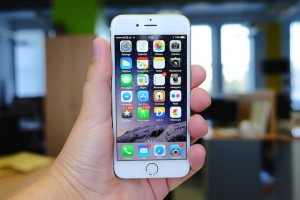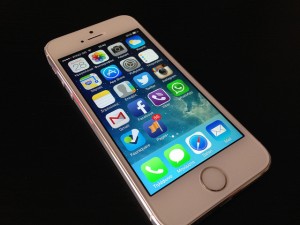Mobile is more important than ever. In fact, smartphones now make up an incredible 75 percent of the mobile market (comScore), which is up from 65 percent of the market only a year ago.
Mobile has taken over and become the primary way that users engage with and access digital media.
While many businesses and entrepreneurs have experienced success with mobile applications and mobile web site, there are opportunities for many businesses to improve the results of their mobile program.
Whether you are using a mobile web site, iPhone application, Android application or all three, these four tips can help you improve the results of you mobile program. Look them over and discuss them with your mobile application developer to improve your mobile program.
Understand How A Customer Interacts with Brands

There are several opportunities for businesses to improve the results of their mobile program | Photo: tyrande101 (Flikr)
In 2015, smart phone users (practically everyone), will find themselves regularly bouncing from one device to another across the course of the day. From laptop to smartphone to tablet and back and forth, a customer may interact with your brand in several ways before making a purchase. From doing research at home or while in the office to showrooming, you need to anticipate customers interacting with your brand in a multitude of ways.
Businesses must understand this a present a clear and unified path to purchase regardless of the medium consumers choose to use to interact with your brand, You should anticipate customers starting searching on one device and continuing doing research on another and possibly making their purchase by another medium all together.
What Do Your Customers Want?
Often when mobile apps don’t catch on like brands want it is due to them failing to consider their consumer and their wants and behavior. You need to analyze what customers would want from mobile offerings from your brand and give it to them. Far too many brands fail to understand what consumers are looking for from them and create apps that offer little or none of the features that consumers are looking for.
Include a Call to Action
When it comes to mobile media many have forgotten marketing basics like including a call to action. Mobile is a new medium where new rules apply but that doesn’t meant that proven principles should be thrown out the window.
Don’t Plan Your Mobile Program In A Vacuum
Don’t have only one group in your organization responsible for your mobile application, marketing or IT won’t see the whole picture and be able to create the proper digital experience. Today mobile is how we do business and brands must include input from all parts of the organization to create apps that perform.
Photo: http://bit.ly/1DZZ5QO




